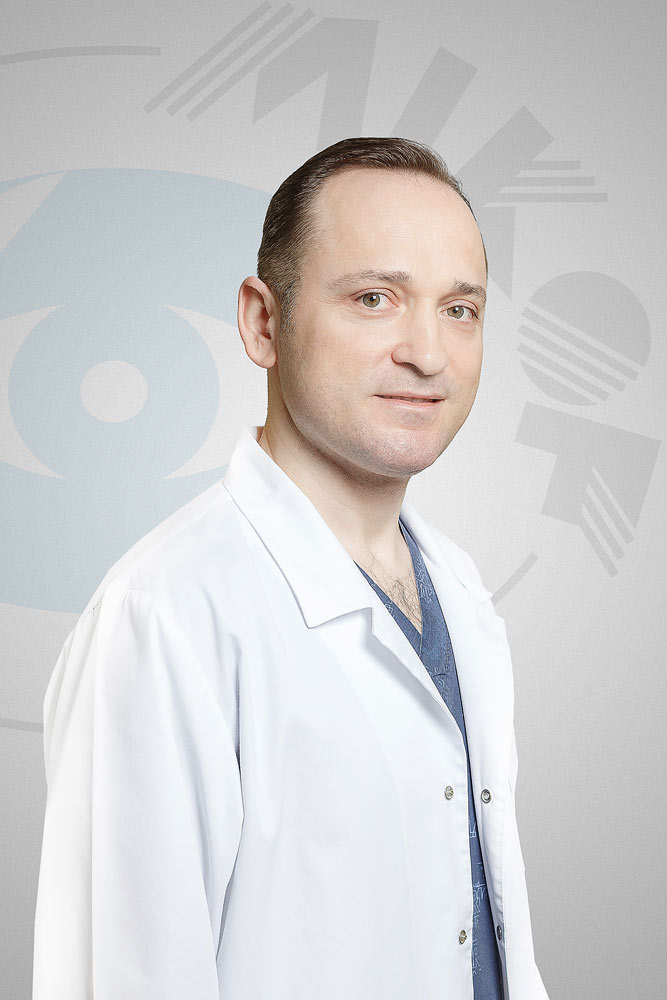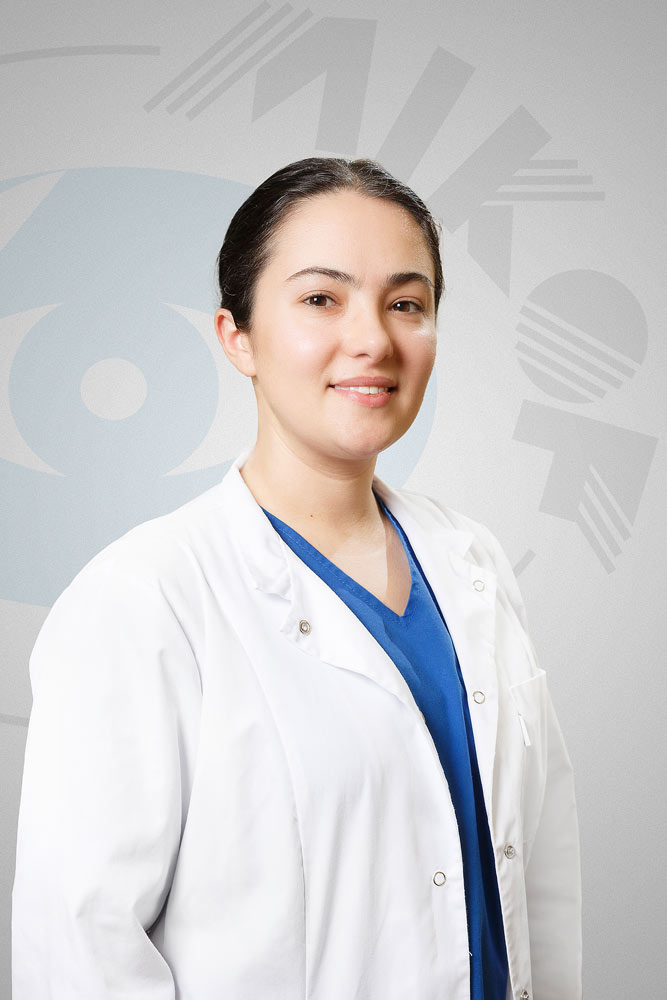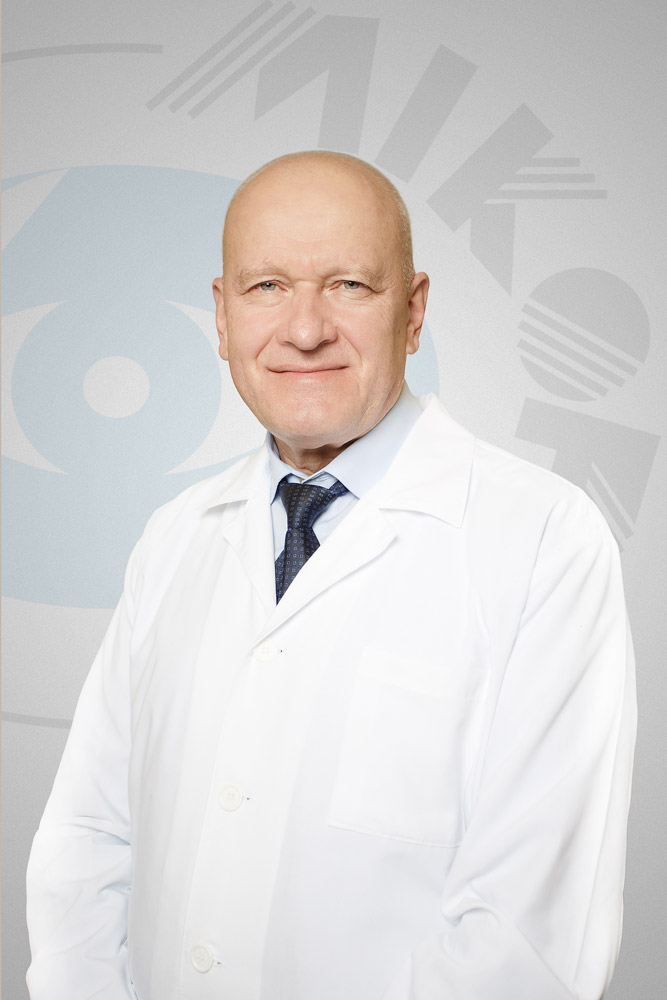The term keratoconus comes from two Greek words: “kerato”, meaning “cornea”, and “konos” - “cone”. Keratoconus is a degenerative eye disease in which the cornea, due to structural changes, becomes thinner and takes a conical shape, in contrast to a normal spherical one. This pathology usually occurs in adolescence, but sometimes also occurs in children and young people under 30 years of age. Corneal shape changes slowly, usually within a few years. However, there are also cases of more rapid progression of keratoconus.
Symptoms of keratoconus.
The first signs of keratoconus are often the need for a frequent change of glasses and blurry vision that is not corrected by them. A classic symptom of this disease is the occurrence of many imaginary images, known as monocular polyopia. This effect is most noticeable when examining high-contrast visual images, such as, for example, a bright dot against a dark background. Instead of seeing a single point, an eye with a keratoconus sees a chaotic picture from its many images.
Causes of keratoconus.
Despite extensive research, the etiology of keratoconus remains unknown. Presumably, this disease has several causes. These include: genetic predisposition, stress, corneal injury, cellular factors, and environmental influences. All of them can serve as an impetus to the development of keratoconus.
Crosslinking is a new method for stopping the progression of keratoconus. The full name is: “corneal collagen cross-linking with riboflavin (abbreviated C3R / CCL / CXL).” This is a procedure that increases the rigidity of the cornea, which allows it to resist further deformation.
With keratoconus, the cornea weakens, becomes thinner, its shape becomes more convex, with the development of irregular astigmatism. Crosslinking enhances the bonds between collagen microfibrils in the cornea, as well as between and within the molecules that form these microfibrils. This is achieved by the use of the non-toxic substance riboflavin (vitamin B2), which acts as a photosensitizer. The dosed ultraviolet radiation in the long wavelength range (UV-A) causes the formation of free radicals inside the cornea and, as a result, chemical cross-bonds (“cross-bonds”).
In practical execution, the cross-linking procedure is simple and gentle for the patient. Local anesthetic drops are instilled into the eye before removal of the corneal epithelium in the central part. The riboflavin solution is used to saturate the stroma for 30 minutes before ultraviolet irradiation, which is also carried out for 30 minutes using a precisely calibrated instrument, such as a UV-X system. Postoperative care includes wearing a medical contact lens, as well as local treatment over the next 3 days to increase comfort and accelerate epithelization.

















